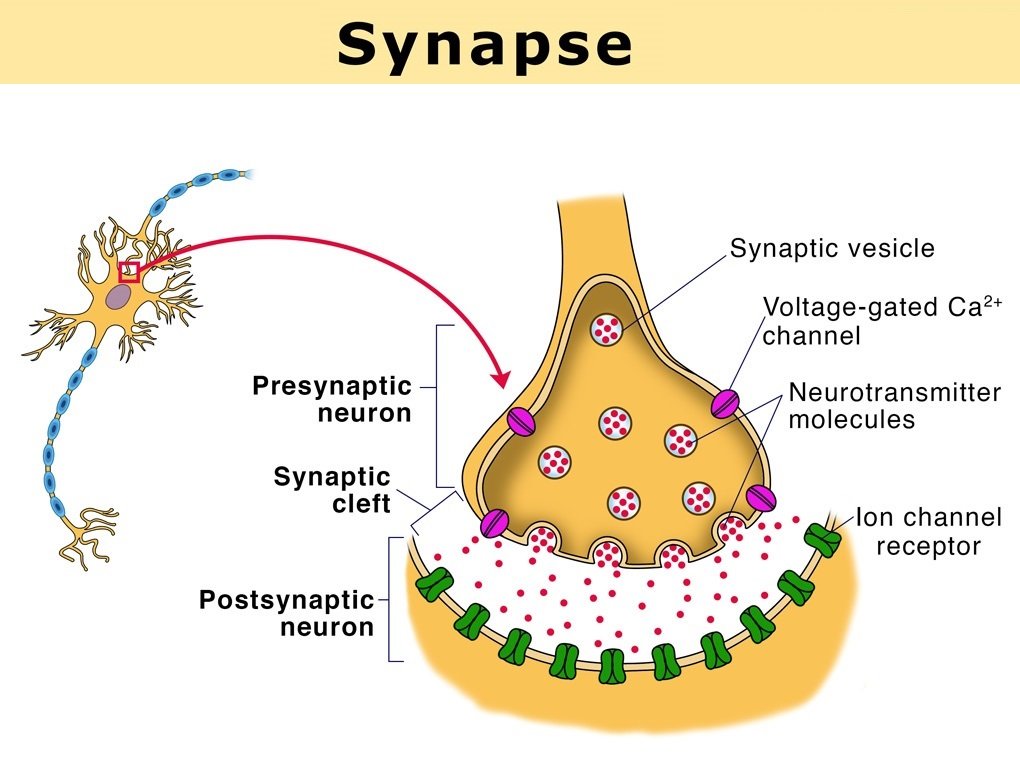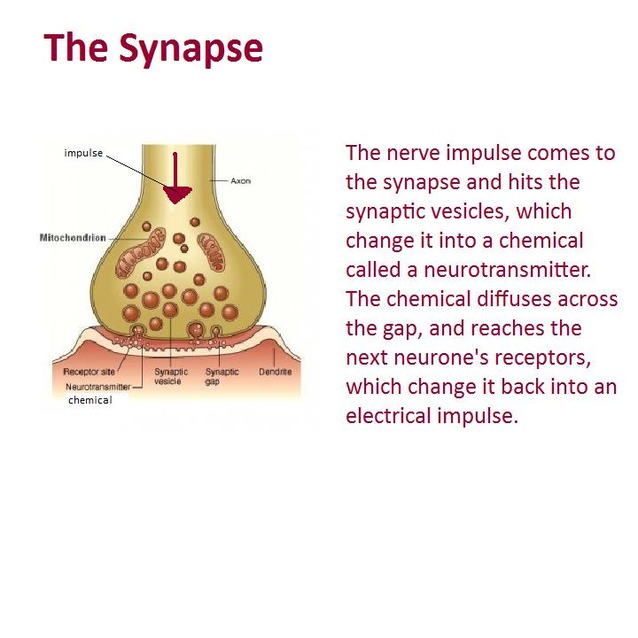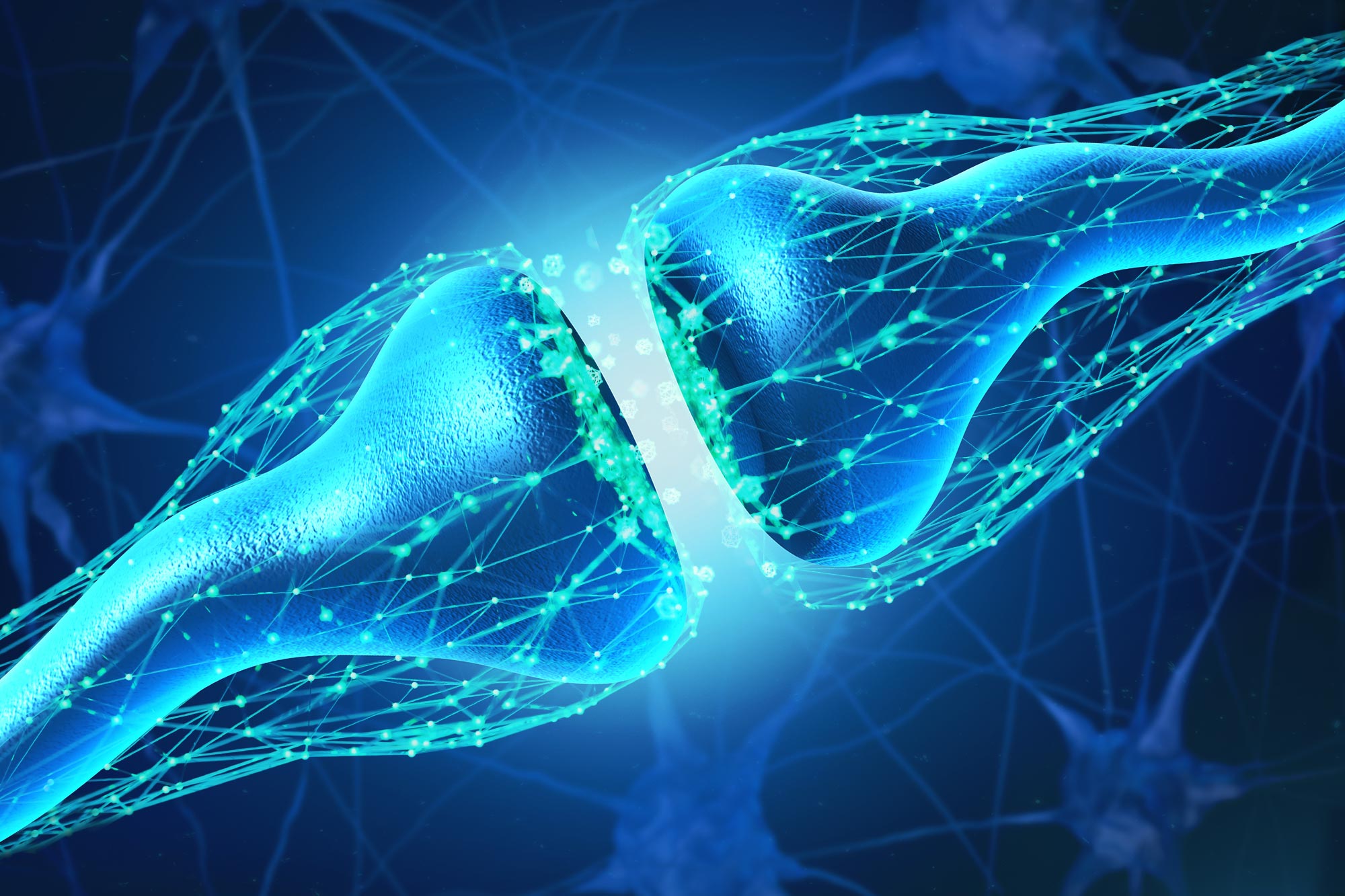Demystifying Synapse Data: An Overview
Synapse data, the intricate network of connections within the human brain, plays a pivotal role in today’s interconnected world. As we continue to advance in technology, understanding synapse data has become increasingly important for developing innovative solutions in various fields, from artificial intelligence to healthcare. This comprehensive guide aims to shed light on the significance of synapse data, its definition, and the practical applications that can be derived from it.
Understanding Synapse Data: Definition and Key Concepts
Synapse data refers to the complex network of connections in the human brain that enables neural communication. These connections, or synapses, facilitate the transmission of electrical and chemical signals between neurons. By analyzing synapse data, researchers can gain valuable insights into the workings of the human brain, leading to advancements in various fields, including neuroscience, artificial intelligence, and healthcare.
At the core of synapse data are key concepts that help define its role and significance. Neurotransmitters, for example, are chemical messengers that transmit signals across the synapse. Action potentials, on the other hand, are electrical signals that travel along the neuron’s axon, triggering the release of neurotransmitters. Synaptic plasticity, the brain’s ability to adapt and change in response to new information, is another critical concept, as it underpins learning and memory.
The Intersection of Synapse Data and Artificial Intelligence
Synapse data and artificial intelligence (AI) share a unique connection, as synapse data can significantly enhance AI algorithms, machine learning, and neural networks. By studying the intricate patterns and structures of synapse data, AI researchers can develop more sophisticated models capable of mimicking human cognition and decision-making processes.
One notable example of this intersection is the development of spiking neural networks (SNNs), which are AI models inspired by the brain’s neural networks. SNNs process information using spikes, or discrete electrical signals, similar to how neurons communicate in the human brain. By harnessing synapse data, researchers can fine-tune SNNs to improve their performance and accuracy, ultimately leading to more advanced AI applications.
How to Leverage Synapse Data in Healthcare and Research
Synapse data has the potential to revolutionize healthcare and research, offering valuable insights into the human brain and its functions. By analyzing synapse data, researchers can better understand neurological disorders, develop targeted treatments, and improve patient outcomes.
For instance, synapse data can help reveal the underlying causes of neurodegenerative diseases, such as Alzheimer’s and Parkinson’s. By comparing healthy synapse data with data from patients suffering from these conditions, researchers can identify patterns and abnormalities that may contribute to disease progression. This knowledge can then be used to develop novel therapies and interventions aimed at slowing or halting disease progression.
Moreover, synapse data can aid in the development of personalized medicine, as it can help create patient-specific treatment plans based on their unique brain structures and connectivity patterns. By tailoring treatments to individual patients, healthcare providers can improve treatment efficacy and minimize side effects.
Navigating Ethical and Privacy Concerns Surrounding Synapse Data
As synapse data research and application continue to expand, it is crucial to address the ethical and privacy concerns associated with this sensitive information. Ensuring data protection, informed consent, and responsible data management is essential for maintaining public trust and advancing the field.
Data protection is paramount in safeguarding synapse data from unauthorized access, theft, or misuse. Implementing robust cybersecurity measures, such as encryption, access controls, and regular audits, can help protect sensitive data and maintain individual privacy. Additionally, adhering to data protection regulations, such as the General Data Protection Regulation (GDPR) and the Health Insurance Portability and Accountability Act (HIPAA), is essential for staying compliant and avoiding legal penalties.
Informed consent is another critical aspect of synapse data research and application. Individuals should be fully informed about the purposes, benefits, and risks associated with data collection, analysis, and sharing. Obtaining explicit, voluntary, and well-informed consent from participants ensures that their rights and privacy are respected, and fosters trust in the research process.
Lastly, responsible data management practices are vital for ensuring the ethical use of synapse data. This includes transparent data sharing policies, proper anonymization techniques, and clear guidelines for data reuse. By promoting open and responsible data management, researchers can facilitate collaboration, accelerate discoveries, and minimize potential harm to individuals and communities.
Emerging Trends and Future Perspectives in Synapse Data
As the field of synapse data research continues to evolve, several emerging trends and potential breakthroughs are on the horizon. These advancements have the potential to transform our understanding of the human brain, technology, and society at large.
One such trend is the development of high-resolution synapse imaging techniques, which enable researchers to visualize and analyze synapse structures with unprecedented detail. These tools can reveal critical insights into synaptic connections, neurotransmitter release, and synaptic plasticity, ultimately shedding light on the complex mechanisms underlying learning, memory, and cognition.
Another area of ongoing research is the use of synapse data to optimize brain-computer interfaces (BCIs). By analyzing synapse data, researchers can develop more sophisticated BCIs that can interpret and respond to neural signals with greater accuracy. This has significant implications for individuals with neurological disorders or injuries, as BCIs can potentially restore lost functions, enhance cognitive abilities, and improve overall quality of life.
Lastly, the integration of synapse data with artificial intelligence (AI) holds immense potential for the future of technology. By harnessing the power of synapse data, AI algorithms can become more efficient, accurate, and human-like, leading to advancements in machine learning, natural language processing, and computer vision. This convergence of synapse data and AI could pave the way for a new era of intelligent machines capable of learning, adapting, and solving complex problems.
Selecting the Right Tools and Resources for Working with Synapse Data
To effectively work with synapse data, it’s essential to choose the right tools and resources. These tools can help professionals and enthusiasts analyze, visualize, and interpret synapse data, ultimately leading to valuable insights and discoveries.
One such resource is the Synapse Portal, an open-access platform that enables researchers to share, access, and analyze large-scale neuroscience datasets. The Synapse Portal offers a wide range of tools and resources for working with synapse data, including data visualization, statistical analysis, and machine learning algorithms.
For those interested in analyzing synapse data at the single-cell level, tools like 10x Genomics’ Single Cell RNA-seq and nSolver from NanoString Technologies provide powerful solutions for single-cell transcriptomics and gene expression analysis. These tools can reveal critical insights into the molecular mechanisms underlying synaptic function and dysfunction, paving the way for new treatments and interventions.
Additionally, several software packages and libraries are available for working with synapse data, such as HCA Featurization, a Python library for processing and analyzing single-cell RNA-seq data, and Synaptic Strength, an open-source MATLAB toolbox for modeling and simulating synaptic plasticity.
Lastly, numerous online courses, tutorials, and workshops can help individuals learn more about synapse data and its applications. Websites like Coursera, edX, and DataCamp offer a variety of courses on neuroscience, bioinformatics, and data analysis, providing professionals and enthusiasts with the skills they need to work with synapse data effectively.
Getting Started with Synapse Data: A Step-by-Step Guide
Embarking on a journey to understand and work with synapse data can be both exciting and challenging. Here’s a step-by-step guide to help you get started:
- Familiarize yourself with the basics: Begin by learning the fundamentals of synapse data, including its definition, role in neural communication, and key concepts such as neurotransmitters, action potentials, and synaptic plasticity.
- Explore available resources: Utilize online platforms, libraries, and software tools to access and analyze synapse data. Some popular resources include the Synapse Portal, HCA Featurization, and Synaptic Strength.
- Enroll in courses and tutorials: Enhance your understanding of synapse data by participating in online courses, workshops, and tutorials. Websites like Coursera, edX, and DataCamp offer a variety of learning opportunities in neuroscience, bioinformatics, and data analysis.
- Join a community: Connect with fellow professionals and enthusiasts in the field of synapse data research. Participate in forums, attend conferences, and engage in online discussions to stay updated on the latest trends, breakthroughs, and best practices.
- Initiate your own project: Apply your newfound knowledge and skills to a synapse data project. This could involve analyzing existing datasets, developing new tools, or contributing to ongoing research in the field.
By following these steps, you’ll be well on your way to making the most of synapse data and contributing to our collective understanding of the human brain.





